Category: 12-13 Season
-
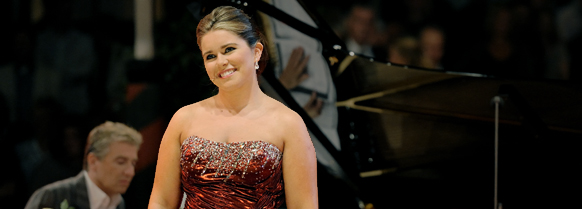
PROGRAM NOTES: TARA ERRAUGHT
Johannes Brahms: Zigeunerlieder (Gypsy Songs), Op. 103 More than half of Brahms’ total output was vocal, including over two hundred art songs and an additional hundred folksong arrangements. Most of them are serious, introspective, resigned or elegiac in mood. Ardent, impulsive effusions are rare, and the musical pictorialism so dear to Schubert is likewise…
-
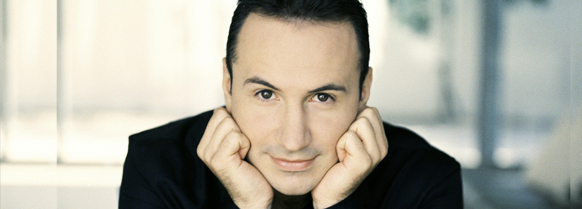
PROGRAM NOTES: SIMON TRPČESKI
Program Notes: Simon Trpčeski Schubert: 16 German Dances, D. 783 (Op. 33) So indelibly is the name Johann Strauss embedded in our consciousness as the purveyor of Viennese dance music that we tend to forget such music existed well before the Waltz King appeared on the scene. Not just minor, forgotten figures like Pamer, Faisatenberger…
-
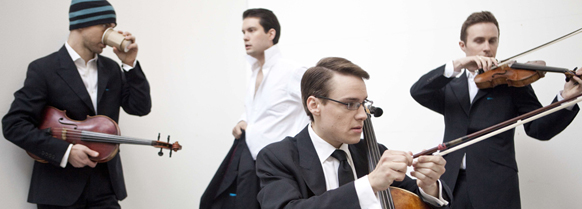
PROGRAM NOTES: DORIC STRING QUARTET
Franz Joseph Haydn: String Quartet in G minor, Op. 20, no. 3 A strong new current of artistic expression swept through central Europe during the late 1760s and early 1770s, known as Sturm und Drang (storm and stress). While not every work was stormy or stressful, the moniker served notice that composers were turning…
-
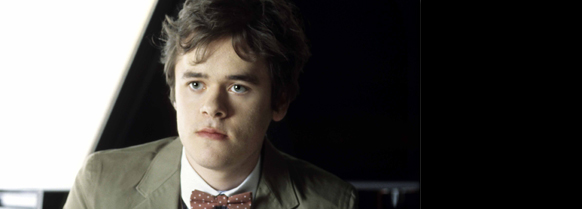
PROGRAM NOTES: BENJAMIN GROSVENOR
J. S. Bach: Five transcriptions Benjamin Grosvenor opens his program with a series of piano transcriptions, a genre that was wildly popular in the late nineteenth and early twentieth centuries, then went out of fashion, and is now making something of a comeback. Transcription – the transferal from one medium to another – is as…
-

PROGRAM NOTES: NING FENG
Program Notes: Ning Feng Ludwig van Beethoven: Violin sonata no. 1 in D major, Op. 12, no. 1 Ludwig van Beethoven wrote his first violin sonatas, a set of three (Op. 12) in 1797-98. Six more sonatas appeared by early 1803, and one more in 1812. Although we refer to these ten works as “violin…
-

PROGRAM NOTES: AUGUSTIN HADELICH
Robert Schumann: Violin sonata No. 1 in A minor, Op. 105 Schumann wrote both of his completed sonatas for violin and piano in 1851. His wife Clara played the piano parts at their public premieres with violinists Ferdinand David (No. 1 in 1852) and Joseph Joachim (No. 2 in 1853). Though frequently recorded, these…
-
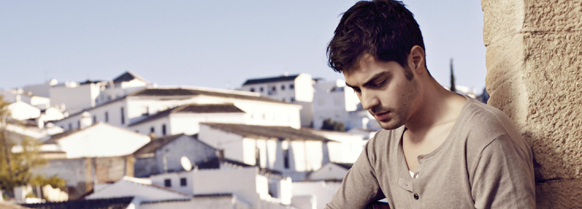
PROGRAM NOTES: MILOŠ KARADAGLIĆ
Bach: Suite in C minor, BWV 997, for lute In most catalogues of the complete works of Johann Sebastian Bach (1685-1750), one learns that the composer wrote four suites for the lute, all dating from widely separated time periods, plus miscellaneous other pieces. However, recent scholarship has determined that in fact Bach did not…
-

PROGRAM NOTES: NAREK HAKHNAZARYAN
César Franck: Sonata in A major For most of his life, Franck led a relatively quiet existence as an organist and pedagogue, emerging from obscurity as a composer only near the end of his life. His only violin sonata (which has also been arranged for numerous other instruments, notably flute, viola and cello) was created…
-
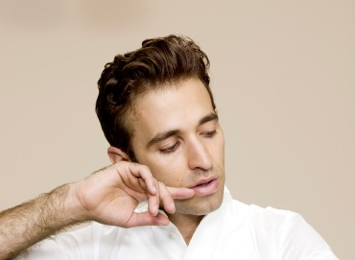
A LETTER FROM ANTHONY ROTH COSTANZO
As I enter my 20th year of professional performance, I have been reflecting on the most resonant musical moments throughout my development as a singer. From my beginning as a Broadway baby to my now daily dances with Handel, I have realized that there is a lot of music in between those two poles which…
-

PROGRAM NOTES: ANTHONY ROTH COSTANZO
Henri Duparc was, with Berlioz and Fauré, among the pioneers of la mélodie (the French art song, as distinguished from folk song). His career was remarkable in that although he lived for 85 years, his reputation rests on barely more than a dozen songs. “Chanson triste” was Duparc’s first song, written at the age…

